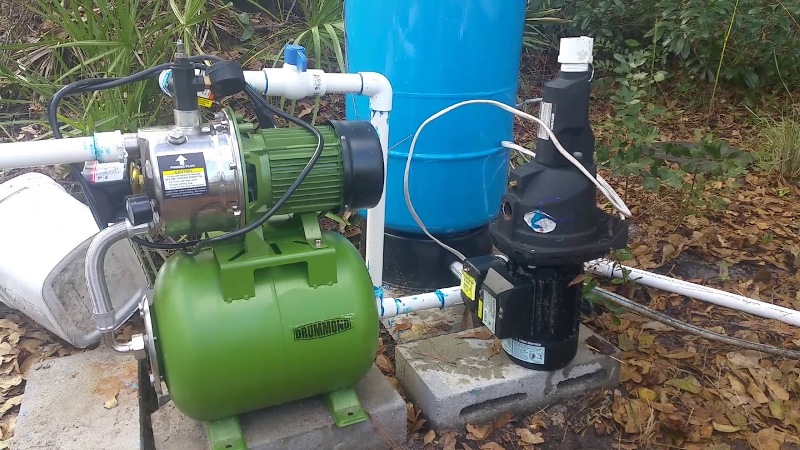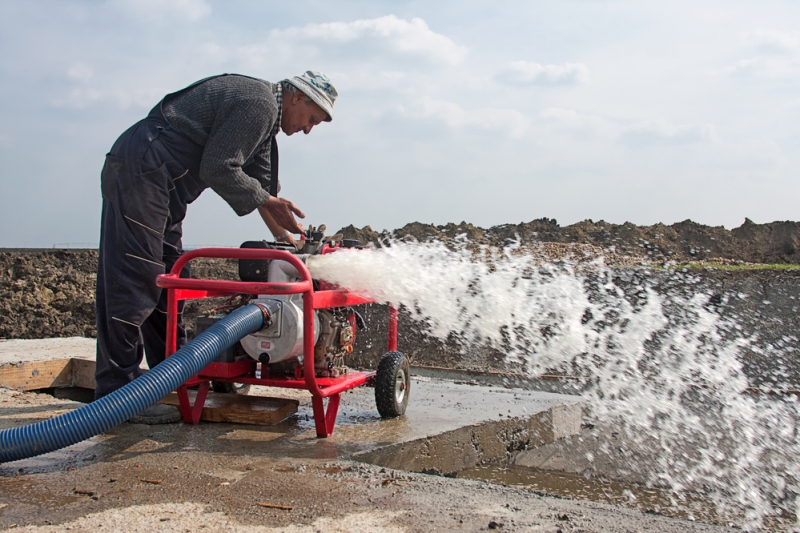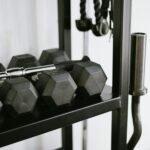Whether you live in your own home, rentals or apartments, you must have a regular supply of water to survive. For most people, they see water running in the kitchens, showers, and gardens but have never given a thought on how the water reaches their homes. In most cases, water pumps are responsible for pumping the water to people’s residential places, therefore, ensuring that everybody has access to clean and safe water. So how does a water pump work? Many of my audiences have asked me this question so today I am going to address the same through this article.
Shallow Well Pumps

Different types of water pumps are available here. The type of water pump to be used in a certain region or residential place depends on a number of factors including water table and the consistency of water supply. In this article, I am going to focus on how a shallow well pump works because it is the one used in many homes.
Jet water pumps are usually installed above the well or any other source of water. They work by sucking water from the well/source and pumping them to a tank that is categorically placed for distribution. For these types of pumps, atmospheric pressure plays a huge role in their success. To elaborate further, the jet well pump is similar to a long straw. As it sucks the water, a vacuum is created in the system, therefore, pulling the water up through it with the help of atmospheric pressure. This explains why most average water pumps operate to up to 25fts only. However, this largely varies depending on the location and air pressure of the region.
How Does the Water Pump Run?

Jet water pumps are run by electricity. The pump comes with an electric motor that is responsible for powering the centrifugal pump or the impeller. The impeller is tasked with moving water from the source to its destination. Generally, the motor is responsible for determining the amount of water that can be pumped at a particular time and at what speed. However, the impeller also plays its part as well. It can constrict accordingly in order to boost the speed to which water travels in the system. The impeller plays a similar role to that of the nozzle in a garden hose and it is very critical as it dictates how a water pump works.
In every case that the source of water is not as deep, a normal jet water pump should be able to do the job. However, before using the water pump, you must first prime it to ensure that it has the necessary pressure needed to enhance free water flow. The pump also needs to have a 1-way check valve that ensures water does not flow back once pumped.
Using a Water Pump Past the 25ft Mark

As aforementioned, due to the atmospheric pressure factor, it is only possible to pump water using a water pump to a length of up to 25 ft. However, can you break the barrier? In some regions, especially the dry ones, the water sources might be deeper than the average 25 ft. fortunately, you can alter your water pump to pump water from such sources. So how does that work? Well, all you need to do is separate the parts of the water pump then assemble them strategically. Start by removing the jet from the motor then the impellor housing after which you can place the impellor down in the water source. In most installations, a pipe is dropped 10-20ft below the well minimum and is used to connect with the jet body and back to the pump. After connecting all the parts back together, the process of pumping water (described above) continues, only this time more vacuum will be generated and the water will be pumped at a higher velocity to attain the same effects as the shallow water pumps.
How Each Part Works
As you may have noticed, the impeller and the motor are the most important parts of a water pump. We take an in-depth look at each of the parts below:
The Impeller
The impeller has some curved blades that spin very fast and channel the water to the right paths. Since the impeller spins very fast, centrifugal force acts on the water that hits its blades, therefore, channeling it through the jet at high speed. The high speed then forces water to pass through the outside pipe with high pressure.
The Motor
The motor is mainly for powering the water pump system. Small water pumps have smaller motors and vice versa. The motor is carefully connected to the impeller and it is responsible for determining how fast the latter spins. Upon powering the motor, a magnetic field will be created through the rotor. The magnetic field then causes the rotor to spin in a certain direction, therefore, driving the impeller in the process. The coils in a water pump system also determine how fast the rotor and the impeller will spin.
Are There Any Common Elements?
While it is true that different types of water pumps are available, it is also true that all of them have some common elements. For instance, the components on the output are always the same. This means that the water pumps to do not always run continuously, therefore, there is a chance that the pressure will vary at most times. In case you fail to use the water pump for a considerable amount of time, priming it will be a wise idea.
Conclusion
How does a water pump work? This is a question that I do not have a straightforward answer to because there are many models available. however, from this article, I have tried to explain how the major components work and I believe the information here should be enough to keep you going. The impeller and the motor play a huge role in any water pump’s system and should always be taken care of. You should also prime your water pump after a long time of staying dormant.






